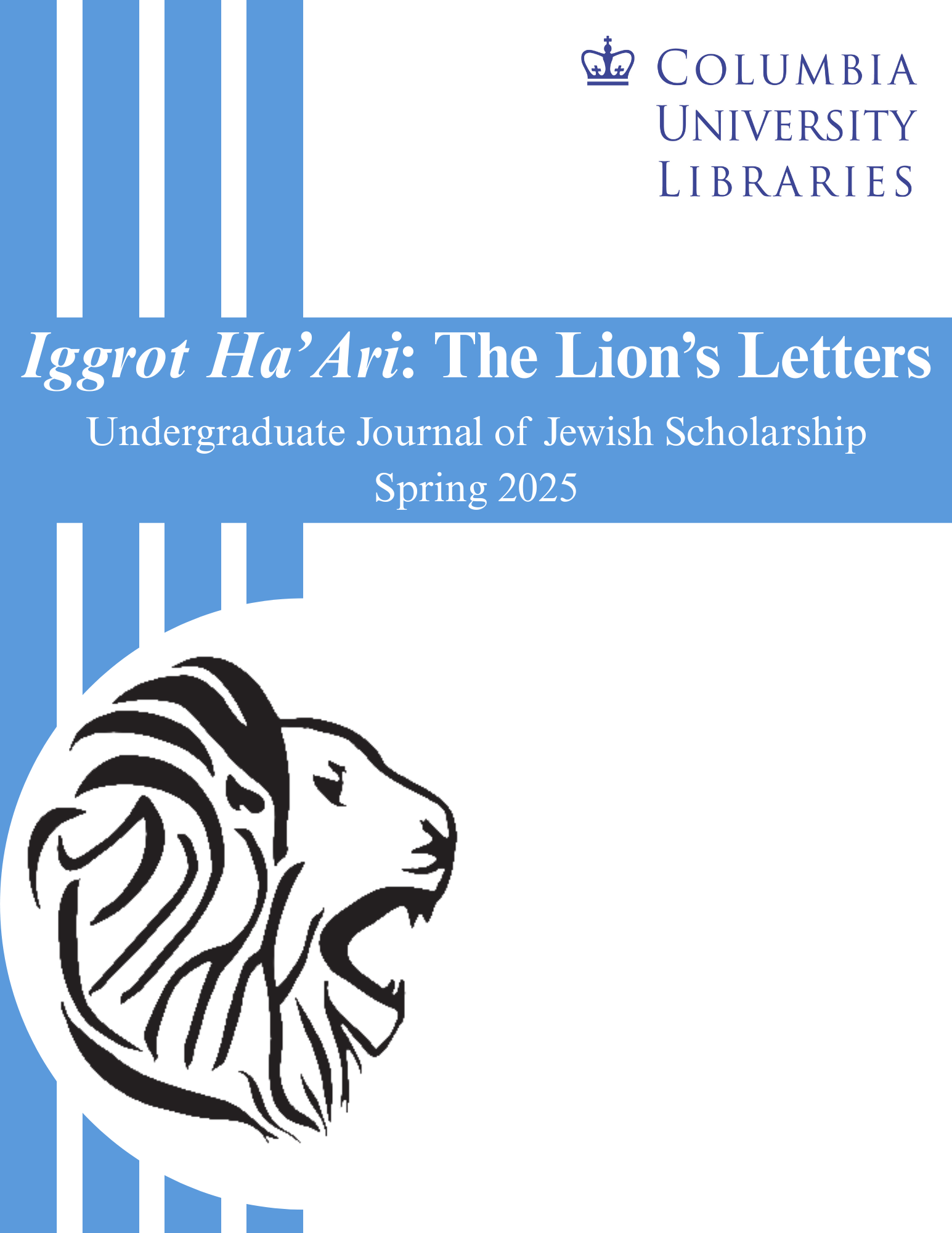Abstract
This paper examines rabbinic conceptions of ervah—the halachic category for nakedness—and explores their application to modern, egalitarian, queer, and gender-queer contexts. Ervah is defined through two basic paradigms: (1) the objective paradigm, where genitalia universally defines ervah regardless of gender or cultural norms, and (2) the subjective paradigm, where gender and cultural norms greatly influence the relegation of body attributes to this category. Drawing upon tannaitic, medieval, and modern halachic sources, the paper evaluates traditional positions on ervah using three paradigms of gender definition: (1) genotype, (2) genitalia, and (3) phenotype, considering each paradigm’s impact upon transgender and intersex individuals. Further, it considers two primary interpretive approaches: (1) gender-inflexible, which assumes an all-encompassing heteronormative, cisgender framework, and (2) gender-expansive, which prioritizes the individual viewers’ sexual orientation and agency over assumed norms. Ultimately, the paper argues for a more fluid, gender-expansive approach to defining halachic ervah.
*Please Note*: This paper was written for Professor Emmanuel Bloch's Jewish Theological Seminary course, Gender, Halachah, and The Emergence of Tsniut as a Halachic Category

This work is licensed under a Creative Commons Attribution 4.0 International License.
Copyright (c) 2025 Charlie Feuerman

